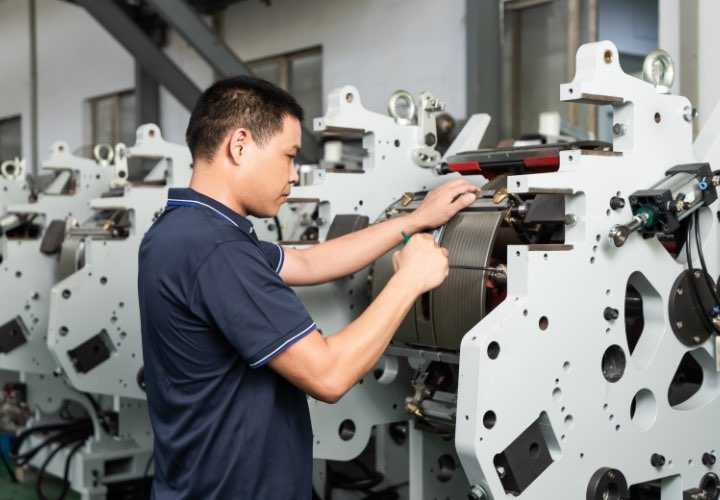The world of printing has witnessed remarkable technological advancements over the years, and flexographic printing machines have emerged as a crucial player in shaping the future of the industry. This versatile and efficient printing method has come a long way since its inception, offering a host of benefits that make it a preferred choice for various printing applications. In this article, we explore the evolution of flexographic printing and its role in the future of print. Initially, it used flexible rubber plates to transfer ink onto various substrates, and it quickly gained popularity for its ability to print on a wide range of materials, from paper and cardboard to plastic, metal, and even fabric. The most notable was the transition from rubber plates to photopolymer plates, which brought enhanced printing quality and increased durability. These changes made flexographic printing a cost-effective and versatile option for various industries, from packaging and labeling to newspapers and magazines.
 Flexographic printing machines have garnered widespread attention due to their remarkable versatility. They can be adapted for an extensive range of applications, including:
Flexographic printing machines have garnered widespread attention due to their remarkable versatility. They can be adapted for an extensive range of applications, including:
Packaging – Flexo printing is a staple in the packaging industry. It can produce vibrant, high-resolution images on various materials, making it ideal for labels, flexible packaging, cartons, and corrugated boxes.
Labels and Stickers – The ability to print on adhesive materials has made flexographic printing the go-to choice for labels, stickers, and decals, allowing for customization and brand differentiation.
Newspapers and Magazines – While digital media has gained prominence, traditional print media continues to rely on flexo printing for its cost-effective and high-speed production capabilities.
Textiles – The rotogravure printing machine can also be used for printing on fabrics, including t-shirts, banners, and even wallpaper.
Flexible Substrates – The flexibility to print on various substrates, such as plastic films, foils, and metallic surfaces, makes flexo printing indispensable in industries like food packaging, where durability and quality are paramount.
As technology advances, flexographic printing is poised to play a significant role in the future of print. Here are some key factors contributing to its evolution:
Environmentally Friendly – Environmental concerns are driving the printing industry towards eco-friendly practices. Flexographic printing is inherently more sustainable than some other methods, as it uses water-based inks and produces less waste.
Digital Integration – The integration of digital technology with flexographic printing is revolutionizing the industry. Hybrid printing presses combine the flexibility and speed of flexo with the precision and customization of digital printing.
High-Speed Production – Flexo presses are becoming faster and more efficient, enabling high-speed production while maintaining quality. This is essential in meeting the demands of today’s fast-paced market.
Enhanced Print Quality – Ongoing developments in plate-making technologies and inks are enhancing the print quality, making flexographic printing suitable for even the most demanding applications.
Customization – The ability to personalize and customize products is a growing trend in the printing industry. The flexo printing machine allows for easy customization, making it an attractive choice for brands and businesses.
Expanded Color Gamut – Advances in color management and ink technology have expanded the color gamut, allowing for more vivid and accurate color reproduction.